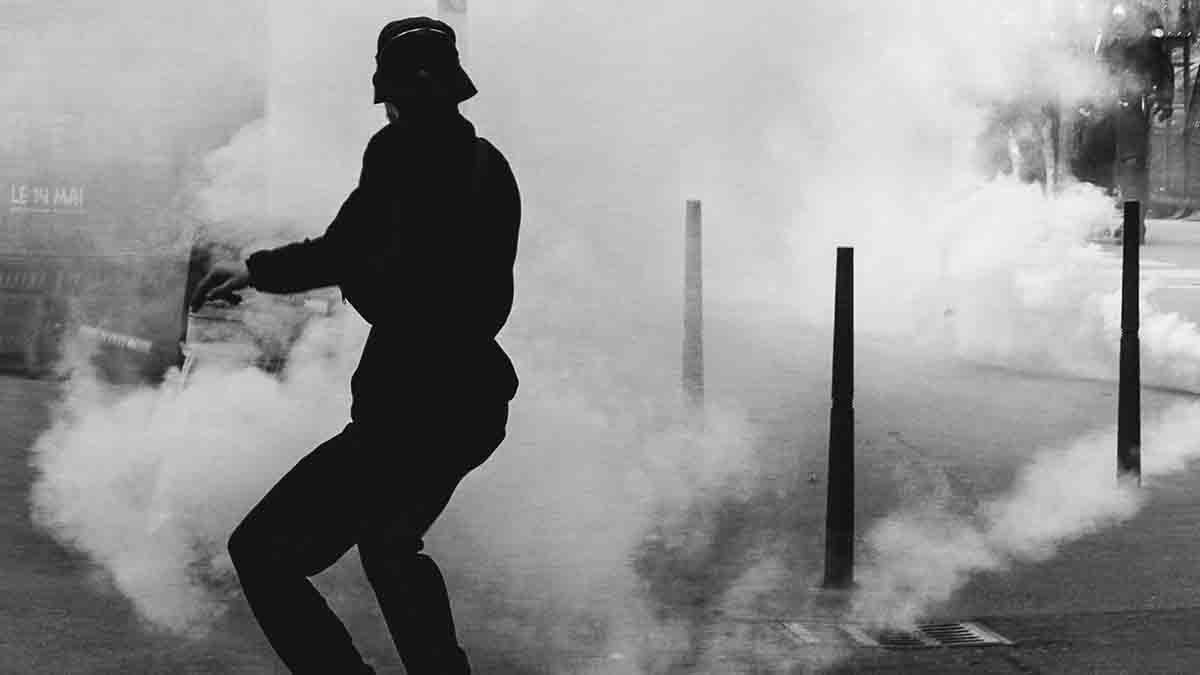THE LAST WORD
 By Pat Coughlan
By Pat Coughlan
When I first dipped my toes into the murky waters of political ideology, I quickly realised that navigating between the ‘far left’ and ‘far right’ was like trying to find a sensible middle ground between a roller coaster and a merry-go-round. You see, the far-left dreams of a Utopian society – one where everyone holds hands, sings Kumbaya, and all injustices are righted. I know that’s a bit facetious for in fact their core beliefs hinge on equality, social justice, and redistributing wealth – imagine Robin Hood with a penchant for protest signs.
On the flip side, the far-right waves flags drenched in national pride, with an iron grip on tradition and a penchant for exclusion. These folks prefer order, hierarchy, and maintaining the status quo, sometimes to the point where ‘progressive’ is a dirty word. Think of them as the stern headmasters of yesteryears, who are convinced everything went south the moment people started dancing to rock ‘n roll.
Understanding these extremes is crucial, as they shape more of our world than we’d care to admit. I find it fascinating how far-left and far-right movements have evolved over the decades, each with its own peculiar characters and shocking events. On the far-right side, one can’t ignore Mussolini’s obsession with Roman grandeur, which was probably more about the togas than the politics. These ideologies have shape-shifted, influenced by significant historical moments and larger-than-life personalities, leaving us a blend of militant manifestos and bizarre truths to uncover. History, eh? Always a mix of the absurd and the profound.
So, what are the causes of political extremism? They say misery loves company, and nowhere is this more evident than in the realm of political extremism. I’ve often pondered why people take that sharp left or right turn. Economic woes play their part; nothing drives someone to the edge faster than an empty wallet. And let’s not forget the mind’s machinations —psychological quirks can make the wildest ideologies seem like the sanest option.
I’ve always found it fascinating — and a bit terrifying— how the political extremes can turn even the calmest communities into battlegrounds. The far-left and far-right ideologies often bulldoze any semblance of moderation, charging headfirst into the fray, leaving wrecked friendships and defaced city centres in their wake. Once, I saw a local council meeting turn into a shouting match that would’ve made a football hooligan blush. And let’s not even begin on how they hijack social media.
Navigating political extremism is like herding cats. Both far-left and far-right ideologies, though often opposed, share a knack for upending democracy. Arguing with extremists is like talking to a wall — no budging. History shows the havoc wreaked by radical zealots, splitting society faster than broken china. They fan the flames of division, creating societal rifts akin to a feuding family reunion. Violence is a constant, where everyone suffers. Extremists push their causes with fists or worse, causing chaos in public spaces and on our screens. Such actions erode democracy, one irrational rant at a time.
Social media. Yes, I know what you are going to say. We were all fine until social media. But the extremists didn’t invent social media. The market invented it and benefit from it and won’t ban it unless it is no longer useful. We, the middle ground, need to use social media to foster unity rather than division.
Curbing political extremism is like trying to tame a wild hurling match – a bit unpredictable but manageable with the right strategies. First off, education is the key. No, I don’t mean boring history lectures, but sparking curiosity in young minds about the beauty of diverse opinions. Then there’s policy measures. Legislators need to whip out their best Harry Potter impersonation and conjure up laws that foster unity rather than division. It’s not enough to just wave a wand, though; implementation is the magical word here.
Finally, community engagement is the secret sauce. Imagine the local football match, where everyone must work together despite their differences. Encouraging open dialogues and communal activities can turn foes into friends faster than you can say, “Cheers!”

















